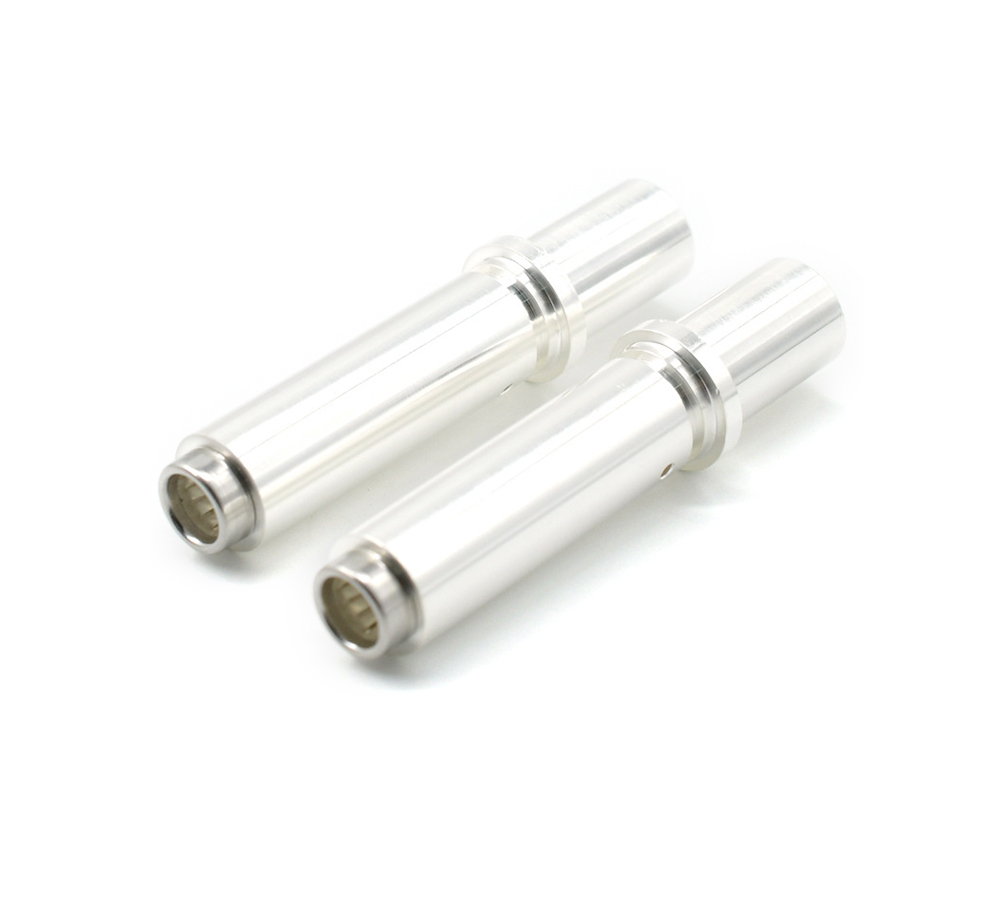Time:2025-07-16 Views:1 source:News

The mounting precision of high - precision Surface Mount Technology (SMT) Pogo Pins is of utmost importance in modern electronics manufacturing, as it directly impacts the electrical connectivity, mechanical stability, and overall performance of electronic devices. SMT Pogo Pins are miniature spring - loaded connectors widely used in applications requiring reliable and repeatable electrical connections, such as smartphones, wearables, and high - density circuit boards.
Several factors contribute to achieving high mounting precision. First, the design of the Pogo Pin itself plays a crucial role. High - precision Pogo Pins are typically manufactured with extremely tight tolerances in terms of diameter, length, and spring force. The pin tip, which makes contact with the mating surface, is often engineered with a precise shape and finish to ensure optimal electrical contact. For example, the tip may be electroplated with a highly conductive and wear - resistant material like gold or nickel - palladium to reduce contact resistance and enhance durability.
The SMT placement equipment is another key element in ensuring mounting precision. Advanced pick - and - place machines are equipped with high - resolution cameras and sophisticated vision systems. These cameras can accurately identify the position and orientation of both the Pogo Pin and the target pad on the printed circuit board (PCB). Using algorithms based on image recognition and machine learning, the pick - and - place head can precisely pick up the Pogo Pin from the feeder and place it on the PCB with an accuracy often measured in micrometers.
The quality of the PCB also affects the mounting precision. PCBs with high - quality surface finishes, such as electroless nickel immersion gold (ENIG), provide a flat and smooth surface for the Pogo Pin to land on. Additionally, precise PCB fabrication with accurate pad dimensions and positions is essential. Any deviation in the PCB's manufacturing can lead to misalignment of the Pogo Pin during mounting, resulting in poor electrical contact or mechanical instability.
During the mounting process, process control parameters, such as placement force, placement speed, and temperature, need to be carefully adjusted. The correct placement force ensures that the Pogo Pin is firmly attached to the PCB without damaging the pin or the PCB. Too much force can cause the pin to deform or the PCB pad to lift, while too little force may result in a loose connection. The placement speed affects the accuracy and repeatability of the process; a slower speed allows for more precise positioning but may reduce production efficiency. Moreover, proper temperature control during the soldering process (if applicable) is crucial for ensuring a reliable joint between the Pogo Pin and the PCB. Regular calibration and maintenance of the SMT equipment, along with strict quality control checks, are necessary to consistently achieve high mounting precision of SMT Pogo Pins.
Read recommendations:
Magnetic connector applied to consumer electronics